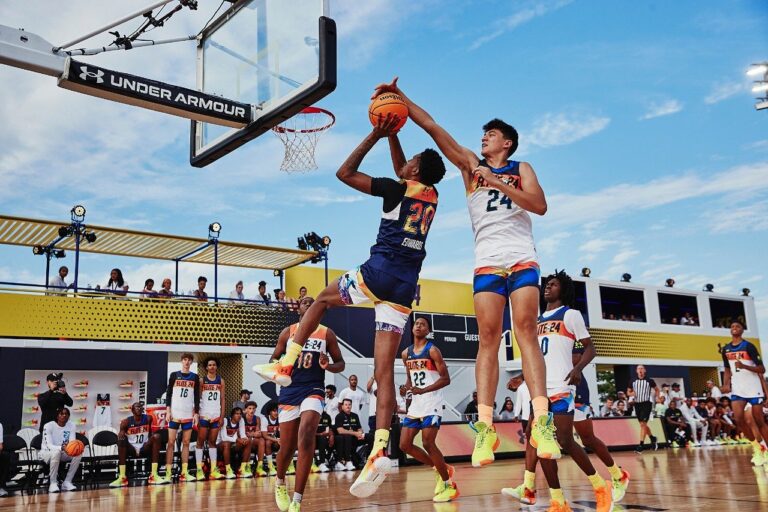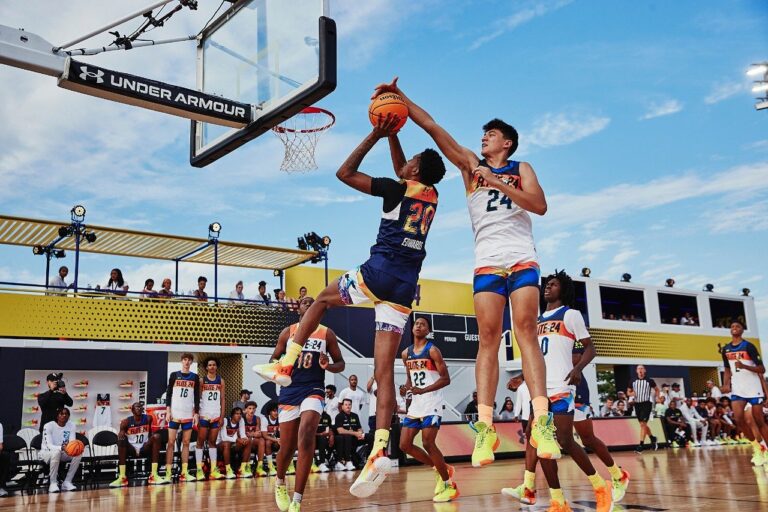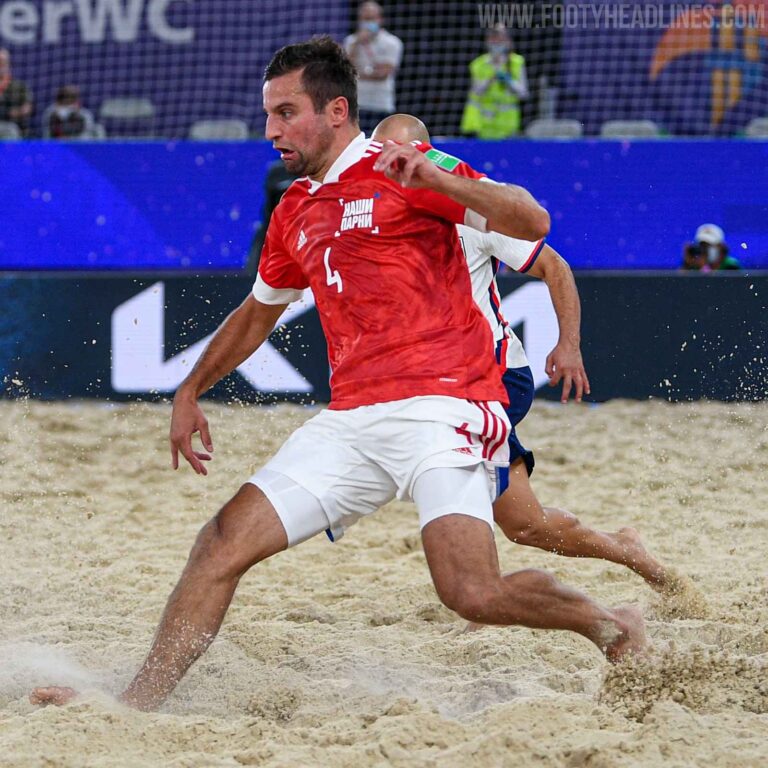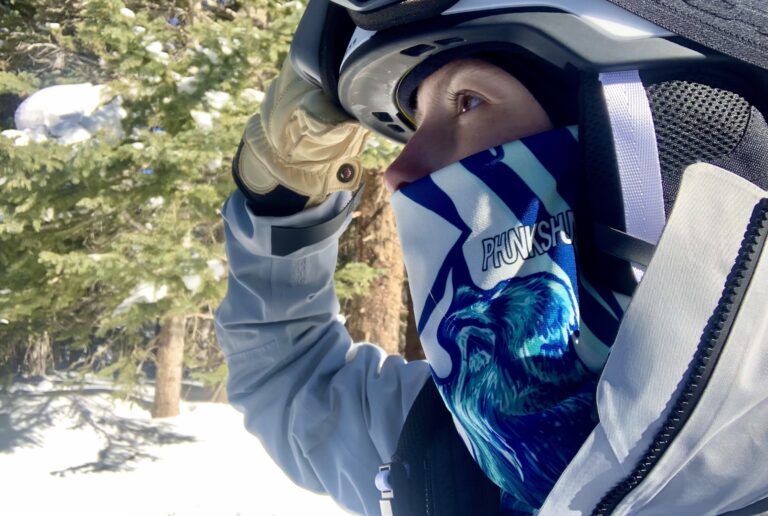The one-leg sleeve is a versatile and functional piece of athletic gear designed to provide support, compression, and protection to the lower leg. It is typically made from a stretchy, breathable fabric such as spandex or nylon, and is designed to fit snugly around the calf and ankle. The sleeve is available in a variety of colors and patterns, making it a stylish and fashionable accessory for athletes and fitness enthusiasts. Whether you are a runner, basketball player, or weightlifter, the one-leg sleeve can be a valuable addition to your workout wardrobe.
The one-leg sleeve is designed to provide targeted support and compression to the lower leg, which can help improve circulation, reduce muscle fatigue, and enhance performance. It is also commonly used for injury prevention and muscle recovery, making it a must-have for athletes of all levels. In addition to its functional benefits, the one-leg sleeve can also be a fashion statement, allowing athletes to express their personal style while staying comfortable and supported during their workouts. With its versatility and practicality, the one-leg sleeve has become a popular choice for athletes looking to take their performance to the next level.
Key Takeaways
- The One-Leg Sleeve is a versatile athletic accessory designed to provide support and compression to the leg during physical activity.
- It can help prevent injuries by stabilizing the muscles and reducing the risk of strains and sprains.
- The sleeve also aids in muscle recovery by promoting blood flow and reducing swelling and soreness after exercise.
- Athletes can experience performance enhancement with the One-Leg Sleeve, as it can improve muscle efficiency and reduce fatigue during workouts.
- In addition to its functional benefits, the sleeve is available in various styles and colors, making it a fashionable accessory for athletes.
Support and Compression
One of the key benefits of the one-leg sleeve is its ability to provide targeted support and compression to the lower leg. The snug fit of the sleeve helps to stabilize the muscles and tendons in the calf and ankle, reducing the risk of strains and sprains during physical activity. The compression also helps to improve circulation, which can reduce muscle fatigue and speed up recovery time. This can be especially beneficial for athletes who engage in high-impact activities such as running or jumping, as it can help minimize the risk of overuse injuries.
The support and compression provided by the one-leg sleeve can also help athletes maintain proper form and technique during their workouts. By stabilizing the muscles and tendons in the lower leg, the sleeve can help prevent excessive movement and reduce the risk of injury. This can be particularly important for athletes who are recovering from an injury or who have a history of chronic pain in the lower leg. With its ability to provide targeted support and compression, the one-leg sleeve is a valuable tool for athletes looking to stay healthy and perform at their best.
Injury Prevention
Injury prevention is a top priority for athletes of all levels, and the one-leg sleeve can be a valuable tool in reducing the risk of lower leg injuries. The snug fit of the sleeve helps to stabilize the muscles and tendons in the calf and ankle, reducing the risk of strains, sprains, and other common injuries. This can be especially beneficial for athletes who engage in high-impact activities such as running, jumping, or cutting movements, as these activities can put a significant amount of stress on the lower leg.
In addition to providing support and stability, the one-leg sleeve can also help protect the skin from abrasions and irritation during physical activity. This can be particularly important for athletes who participate in sports such as basketball or volleyball, where there is a high risk of contact with other players or hard surfaces. By providing a layer of protection to the lower leg, the sleeve can help reduce the risk of cuts, scrapes, and other minor injuries that can sideline athletes and disrupt their training routine.
Muscle Recovery
| Metrics | Values |
|---|---|
| Resting Heart Rate | 60-100 bpm |
| Hydration Level | Optimal: 91-100%, Dehydrated: <91% |
| Sleep Quality | 7-9 hours of quality sleep |
| Protein Intake | 1.2-2.0 grams per kg of body weight |
| Stretching Time | 10-15 minutes after workout |
Muscle recovery is an essential part of any athlete’s training routine, and the one-leg sleeve can play a valuable role in helping muscles recover more quickly after intense workouts. The compression provided by the sleeve helps to improve circulation, which can reduce muscle fatigue and soreness. This can be particularly beneficial for athletes who engage in activities that place a high demand on the lower leg muscles, such as running or jumping. By wearing the sleeve during and after workouts, athletes can help their muscles recover more quickly and get back to training sooner.
In addition to improving circulation, the one-leg sleeve can also help reduce swelling and inflammation in the lower leg. This can be particularly beneficial for athletes who are recovering from an injury or who have chronic pain in the calf or ankle. By providing targeted compression to the affected area, the sleeve can help reduce discomfort and promote healing. This can be especially important for athletes who are looking to get back to training as quickly as possible after an injury.
Performance Enhancement
The one-leg sleeve is not only useful for injury prevention and muscle recovery but also for enhancing athletic performance. The targeted support and compression provided by the sleeve can help improve muscle efficiency and reduce fatigue during physical activity. This can be particularly beneficial for endurance athletes such as runners or cyclists, as it can help them maintain proper form and technique throughout their workouts.
In addition to its functional benefits, the one-leg sleeve can also help athletes feel more confident and supported during their workouts. The snug fit of the sleeve provides a sense of stability and security to the lower leg, which can help athletes push themselves harder and perform at their best. This can be especially important for athletes who are looking to set new personal records or achieve specific performance goals.
Style and Fashion

In addition to its functional benefits, the one-leg sleeve is also a stylish and fashionable accessory for athletes and fitness enthusiasts. It is available in a wide range of colors and patterns, allowing athletes to express their personal style while staying comfortable and supported during their workouts. Whether you prefer bold, bright colors or subtle, understated designs, there is a one-leg sleeve to suit your individual taste.
The one-leg sleeve can also be a fun way to coordinate your workout outfit and add a pop of color or pattern to your look. Whether you are hitting the gym, going for a run, or playing a game of pickup basketball, the one-leg sleeve can add an extra element of style to your athletic wardrobe. With its versatility and fashion-forward design, the one-leg sleeve has become a popular choice for athletes who want to look good while they train.
Do the Benefits of Wearing One Legging Align with the Purpose of Basketball Players’ One-Leg Sleeve?
The benefits of basketball players wearing leggings include enhanced muscle support, improved blood circulation, and reduced risk of injury. Similarly, the purpose of the one-leg sleeve aligns with these advantages, targeting specific muscles for added stability. Both provide players with comfort and performance enhancement during games and intense physical activities.
Conclusion and Considerations
In conclusion, the one-leg sleeve is a versatile and functional piece of athletic gear that provides targeted support, compression, and protection to the lower leg. It is designed to help prevent injuries, aid in muscle recovery, enhance performance, and add a stylish touch to your workout wardrobe. Whether you are a professional athlete or just starting out on your fitness journey, the one-leg sleeve can be a valuable addition to your training routine.
When choosing a one-leg sleeve, it is important to consider factors such as fit, fabric, and design. Look for a sleeve that fits snugly around your calf and ankle without being too tight or restrictive. Choose a fabric that is breathable and moisture-wicking to keep you comfortable during your workouts. And finally, select a design that reflects your personal style and complements your existing workout wardrobe.
Overall, the one-leg sleeve is a versatile and practical accessory that can benefit athletes of all levels. Whether you are looking for injury prevention, muscle recovery, performance enhancement, or just want to add a stylish touch to your workout outfit, the one-leg sleeve has you covered. With its functional benefits and fashion-forward design, it’s no wonder that the one-leg sleeve has become a must-have accessory for athletes and fitness enthusiasts around the world.
If you’ve ever wondered why basketball players wear one-leg sleeves, you might find this article on Off to Sports about the best sports to watch at the Olympics interesting. The article discusses the various sports that are showcased at the Olympics and the unique attire and gear that athletes wear for each sport. It’s a fascinating look at the different equipment and clothing choices that athletes make to enhance their performance in their respective sports. (source)





